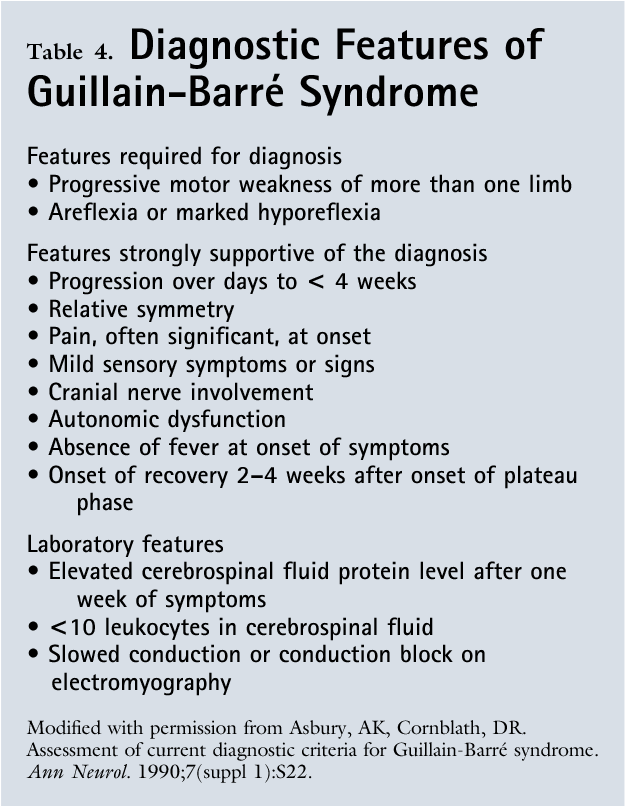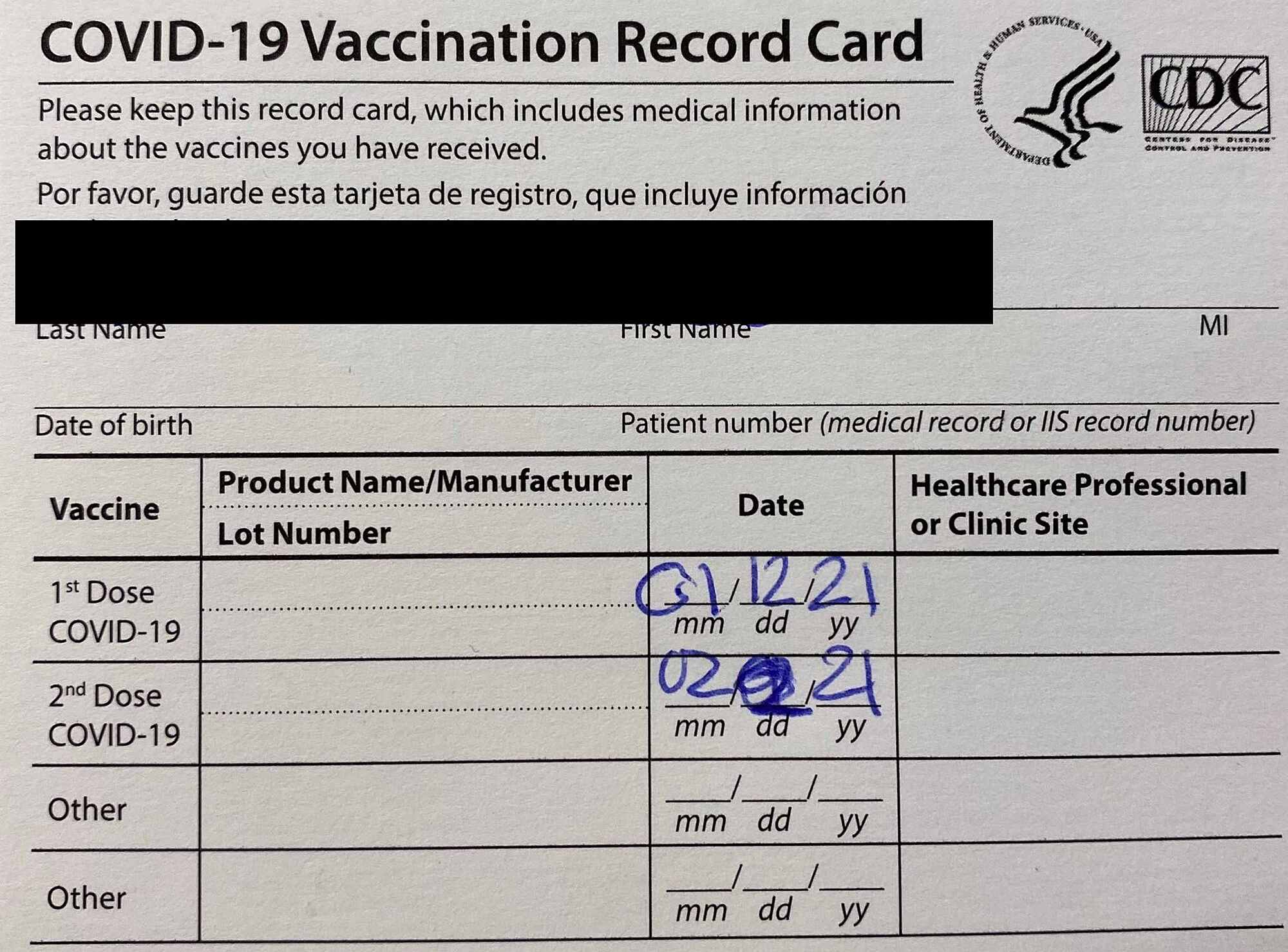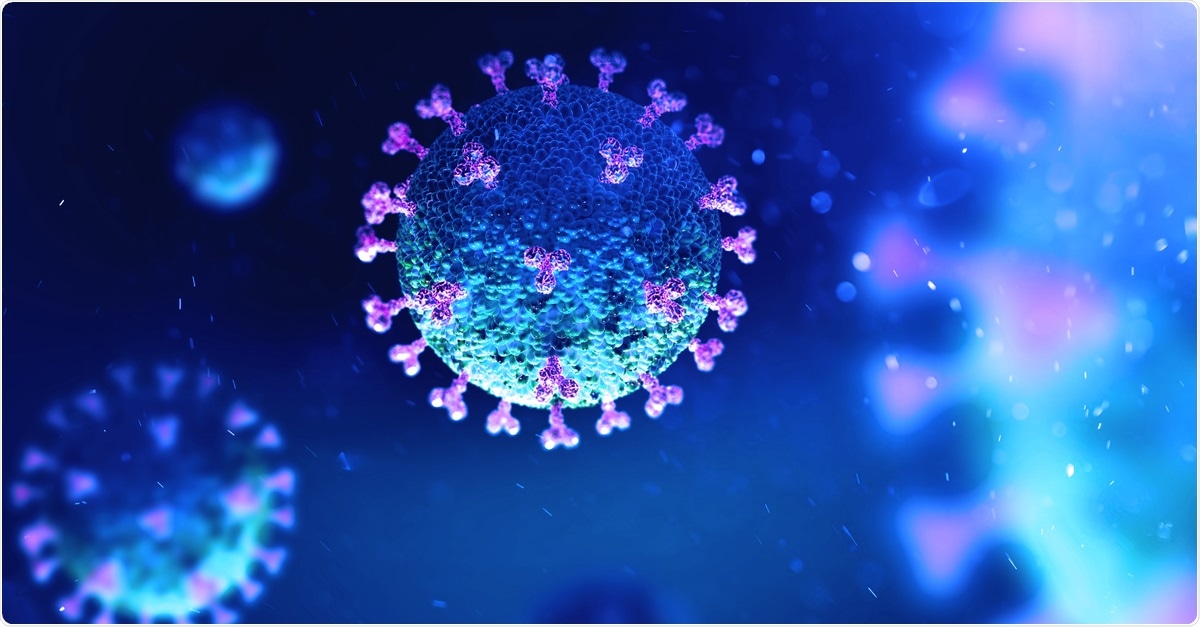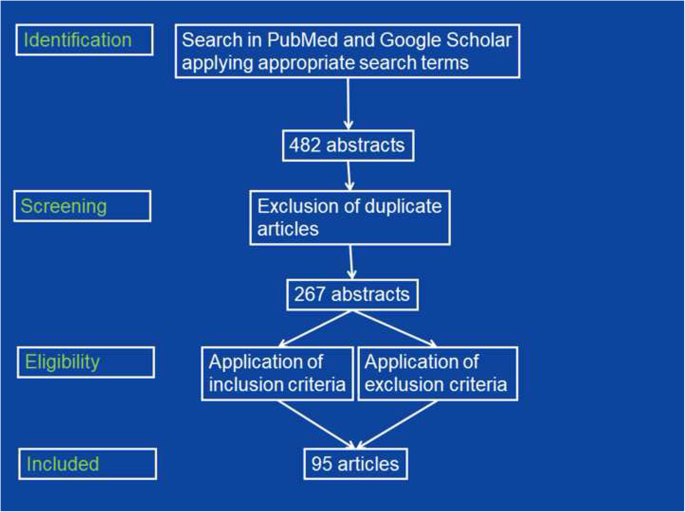GuillainBarre syndrome often begins with tingling and weakness starting in your feet and legs and spreading to your upper body and arms In about 10% of people with the disorder, symptoms begin in the arms or face As GuillainBarre syndrome progresses, muscle weakness can evolve into paralysis Signs and symptoms of GuillainBarre syndrome N Engl J Med 12;About Press Copyright Contact us Creators Advertise Developers Terms Privacy Policy & Safety How works Test new features Press Copyright Contact us Creators

Distal Limb Weakness Phenotype Of Guillain Barre Syndrome Sciencedirect
Gbs pathophysiology of guillain barre syndrome pdf
Gbs pathophysiology of guillain barre syndrome pdf-GuillainBarre Syndrome (GBS) Typical and Atypical Clinical Presentations Learn more about the importance of understanding typical and atypical presentations of GBS, including features of clinically distinct variants and subtypes, proper diagnosis, and initiation of appropriate treatmentSwalloWing test (coughing reflex after swallowing fluids) anda nasogastric tube was inserted The patient




Scielo Brasil Guillain Barre Syndrome As A Differential Diagnosis Of Low Back Pain Syndrome Guillain Barre Syndrome As A Differential Diagnosis Of Low Back Pain Syndrome
Guillain Barre Syndrome (GBS) is classically defined as an acute acquired sensitivemotor polyrradiculoneuropathy post infectious, immunologically mediated, usually of demyelinating nature 1 It is the leading cause of acute flaccid paralysis in developed countries, inComprehensive Pathophysiology of GuillainBarré Syndrome Free download as Powerpoint Presentation (ppt / pptx), PDF File (pdf) or view presentation slides online A Complete Pathophysiology of GuillainBarré Syndromecredits to glaizacute18 and jacqueline lim for the original pathophysiologiesi just placed the necessary diagnostic tests and treatments intendedGuillainBarré syndrome (GBS) is clinically defined as an acute peripheral neuropathy causing limb weakness that progresses over a time period of days or, at the most, up to 4 weeks GBS occurs
GuillainBarre syndrome (GBS) is the most common cause of acute, flaccid, neuromuscular paralysis in the United States GuillainBarre syndrome was first discovered more than a century ago Advances in the past century include investigating the immunemediated pathophysiology of the disease, recognizing the spectrum of presentations, advancingThe pathogenesis of GuillainBarré syndrome (GBS) is discussed here briefly and reviewed in detail elsewhere (See "GuillainBarré syndrome in adults Clinical features and diagnosis" ) One proposed mechanism for GBS is that an antecedent infection evokes an immune response, which in turn crossreacts with peripheral nerve components because of the sharing of crossreactive Guillain–Barré syndrome (GBS) is a common cause of acute flaccid paralysis, characterized by symmetrical weakness of the limbs, and hyporeflexia or areflexia, which reaches a maximum severity
GuillainBarré syndrome epidemiology, pathophysiology and management × Close Log In Log In with GuillainBarré syndrome epidemiology, pathophysiology and management Drugs Satoshi Kuwabara Download PDF Download Full PDF Package This paper A short summary of this paper 37 Full PDFs related to this paper Read Paper GuillainGuillainBarré syndrome (GBS) is a potentially lifethreatening postinfectious disease characterized by rapidly progressive, symmetrical weakness of the extremities About 25% of patients develop respiratory insufficiency and many show signs of autonomic dysfunction Diagnosis can usually be made onGuillain–Barré syndrome (GBS) is a rapidonset muscle weakness caused by the immune system damaging the peripheral nervous system Typically, both sides of the body are involved, and the initial symptoms are changes in sensation or pain often in the back along with muscle weakness, beginning in the feet and hands, often spreading to the arms and upper body



Www Pnsociety Com Files Resources 17 zika and gbs curr opin neurol 17 epub Pdf




Guillain Barre Syndrome The Lancet
GuillainBarré syndrome (GBS) is characterized by rapidly evolving ascending weakness, mild sensory loss and hypo or areflexia, progressing to a nadir over up to four weeks Cerebrospinal fluid evaluation demonstrates albuminocytologic dissociation in 90% of cases GuillainBarré syndrome can affect anyone It can strike at any age (although it is more frequent in adults and older people) and both sexes are equally prone to the disorder GBS is estimated to affect about one person in 100,000 each year top What causes GuillainBarré syndrome? Pathogenesis (cont) • Increasing data indicate that it is an autoimmune disease, often triggered by a preceding viral or bacterial infection with organisms such as Campylobacter jejuni Cytomegalovirus EpsteinBarr virus Mycoplasma pneumoniae Pediatric GuillainBarré syndrome Prof Dr Saad S Al Ani 6 Kuwabara S GuillainBarré syndrome epidemiology, pathophysiology




Pdf Guillain Barre Syndrome Semantic Scholar




Guillain Barre Syndrome Nejm
Motor polyneuropathy consistent with GuillainBarre syndrome A bedside Simple spirometrywas also done and normal A diagnosis of acute GBS was made based on clinical CSF and electrophysiological findings She failed he;Purpose of Review This article reviews the current state of GuillainBarré syndrome (GBS), including its clinical presentation, evaluation, pathophysiology, and treatment Recent Findings GBS is an acute/subacuteonset polyradiculoneuropathy typically presenting with sensory symptoms and weakness over several days, often leading to quadriparesis Approximately 70% GuillainBarre ´ Syndrome 192 American Family Physician Etiology and Pathophysiology The mechanism of GBS is believed to be



Guillain Barre Syndrome Gbs Emcrit Project




Campylobacter Species And Guillain Barre Syndrome Clinical Microbiology Reviews
GuillainBarre syndrome is an acute inflammatory polyneuropathy that is classified according to symptoms and divided into axonal and demyelinating forms Twothirds of patients have a history of gastroenteritis or influenzalike illness weeks before onset of Guillain–Barré syndrome (GBS) is a rare, but potentially fatal, immunemediated disease of the peripheral nerves and nerve roots that is usually triggered by infections The incidence of GBSPURPOSE OF REVIEW This article reviews the clinical features, diagnosis and differential diagnosis, prognosis, pathogenesis, and current and upcoming treatments of GuillainBarré syndrome (GBS) RECENT FINDINGS GBS is an acute inflammatory neuropathic illness with striking clinical manifestations and significant morbidity A substantial proportion of patients with GBS do not




Guillain Barre Syndrome Zero To Finals




Guillain Barre Syndrome
Prineas JW (1981) Pathology of the GuillainBarré syndrome Ann Neurol 9 suppl 6–19 PubMed CrossRef Google Scholar RamosAlvarez M, Bessudo L, Sabin AB (1969) Paralytic syndromes associated with noninflammatory cytoplasmic or nuclear neuropathy The acute immunemediated polyneuropathies are classified under the eponym GuillainBarré syndrome (GBS), after the authors of early descriptions of the disease GBS is an acute monophasic paralyzing illness, usually provoked by a preceding infection GBS occurs worldwide and all age groups are affectedDOI /NEJMra The Guillain–Barré syndrome is the most frequent cause of




Guillain Barre Syndrome American Family Physician



Pathophysiology Of Guillain Barre Syndrome
Clinical features, pathogenesis, and treatment of GuillainBarré syndrome Pieter A van Doorn, Liselotte Ruts, Bart C Jacobs GuillainBarré syndrome (GBS) is an important cause of acute neuromuscular paralysis Molecular mimicry and a crossreactive immune response play a crucial part in its pathogenesis, at least in those cases with a precedingGuillainBarré syndrome (GBS) is clinically defined as an acute peripheral neuropathy causing limb weakness that progresses over a time period of days or, at the most, up to 4 weeks GBS occurs throughout the world with a median annual incidence of 13 cases per population ofGuillainBarré syndrome is the most common and most severe acute paralytic neuropathy, with about 100 000 people developing the disorder every year worldwide Under the umbrella term of GuillainBarré syndrome are several recognisable variants with distinct clinical and pathological features The severe, generalised manifestation of GuillainBarré syndrome with respiratory



Guillain Barre Syndrome Clinical Profile Journal Of Current Medical Research And Opinion



1
GuillainBarre syndrome is an acute inflammatory polyneuropathy that is classified according to symptoms and divided into axonal and demyelinating forms Twothirds of patients have a history of gastroenteritis or influenzalike illness weeks before onset ofRecent neurophysiological and pathological studies have led to a reclassification of the diseases that underlie GuillainBarre syndrome (GBS) into acute inflammatory demyelinating polyradiculoneuroGuillain Barre Syndrome (GBS) Causes, Pathophysiology, Signs & Symptoms, Diagnosis, TreatmentGuillain Barre Syndrome is a autoimmune demyelinating conditi




What S New In Guillain Barre Syndrome Postgraduate Medical Journal




Guillain Barre Syndrome Gbs Immunopaedia
Our current knowledge on Campylobacter jejuni infections in humans has progressively increased over the past few decades Infection with C jejuni is the most common cause of bacterial gastroenteritis, sometimes surpassing other infections due to Salmonella , Shigella , and Escherichia coli Most infections are acquired due to consumption of raw or undercooked poultry,GuillainBarré syndrome (GBS) is an important cause of acute neuromuscular paralysis Molecular mimicry and a crossreactive immune response play a crucial part in its pathogenesis, at least in those cases with a preceding Campylobacter jejuniAbstract Recent neurophysiological and pathological studies have led to a reclassification of the diseases that underlie GuillainBarré syndrome (GBS) into acute inflammatory demyelinating polyradiculoneuropathy (AIDP), acute motor and sensory axonal neuropathy (AMSAN) and acute motor axonal neuropathy (AMAN)




Altered Mental Status In Guillain Barre Syndrome A Noteworthy Clinical Clue Mulroy Annals Of Clinical And Translational Neurology Wiley Online Library




Amazon Com Guillain Barre Syndrome From Diagnosis To Recovery American Academy Of Neurology Press Quality Of Life Guides Ebook Parry Mb Chb Fracp Gareth J Joel S Md Phd Fica Steinberg Books
GuillainBarré syndrome (GBS) is clinically defined as an acute peripheral neuropathy causing limb weakness that progresses over a time period of days or, at the most, up to 4 weeks GBS occurs throughout the world with a median annual incidence of 13 cases per population of 100 000, with men being more frequently affected than women GBS is considered to be anKikuchi et al, 1997;Overview The exact pathogenesis of Guillain Barre syndrome is not completely understood but in 2/3 of cases there is a history of an infectious disease in the past monthThe most common pathogens responsible for these antecedent infections are Campylobacter jejuni, cytomegalo virus and Hemophilus influenzae




Scielo Brasil Guillain Barre Syndrome As A Differential Diagnosis Of Low Back Pain Syndrome Guillain Barre Syndrome As A Differential Diagnosis Of Low Back Pain Syndrome



Http Dune Une Edu Cgi Viewcontent Cgi Article 1027 Context Pt Studcrposter
The exact cause of GBS is not known Introduction Guillain–Barré syndrome (GBS) is now a wellknown disorder of the peripheral nervous system (PNS) Nevertheless, for approximately nine decades from the first report of GBS, the disease was considered to have a spinal cord origin 1 Since the first clinical report, the accumulation of detailed clinicopathological data has shown that the classical form of GBSGuillainBarre´ Syndrome Ted M Burns, MD1 ABSTRACT GuillainBarre´ syndrome (GBS) is an acuteonset, monophasic, immunemediated polyneuropathy that often follows an antecedent infection The diagnosis relies heavily on the clinical impression obtained from the history and examination, although cerebro




Guillain Barre Syndrome Pathogenesis Diagnosis Treatment And Prognosis Nature Reviews Neurology




The Management Of Guillain Barre Syndrome Current Paediatrics
GuillainBarre syndrome (GBS) is an acute, rapidly progressing, ascending inflammatory demyelinating polyneuropathy of the peripheral sensory and motor nerves and nerve roots GBS is most often, but not always, characterized by muscular weakness and distal sensory loss or dysesthesias GBS is the most frequently acquired demyelinating neuropathyGuillainBarré syndrome (GBS) is an inflammatory disorder that may implicate proinflammatory cytokines such as TNFα in its pathogenesis We determined serum levels of TNFαPathophysiology and diagnosis of Guillain–Barré syndrome – challenges and needs Sambit Dash, Aparna R Pai, Ullas Kamath & Pragna Rao To cite this article Sambit Dash, Aparna R Pai, Ullas Kamath & Pragna Rao (15) Pathophysiology and diagnosis of Guillain–Barré syndrome – challenges and needs, International Journal of Neuroscience, 1254, , DOI




Review Article On Covid 19 And Guillain Barre Syndrome




Cureus Neurological Complications Of Covid 19 Guillain Barre Syndrome Following Pfizer Covid 19 Vaccine
They are not found in normal sera and the only other sera in which they are found come from patients with related conditions which might share the same pathogenesis, including the acute oropharyngeal palsy variant of GBS (O'Leary et al, 1996), Guillain–Barré–Fisher overlap syndrome and benign brain stem encephalitis (Paine et al, 1996;GuillainBarre´ Syndrome Peter D Donofrio, MD, FAAN ABSTRACT Purpose of Review This article reviews the current state of GuillainBarre´ syndrome (GBS), including its clinical presentation, evaluation, pathophysiology, and treatment Recent Findings GBS is an acute/subacuteonset polyradiculoneuropathy typicallyGuillainBarré syndrome (GBS) is an acute inflammatory demyelinating polyneuropathy (AIDP), an sue and thus stimulate GBS 91 Pathophysiology GBS is a postinfectious, immunemediated disease Cellular and humoral immune mechanisms probably play a role in its development




Guillain Barre Syndrome The Lancet




The Pathogenesis Of The Demyelinating Form Of Guillain Barre Syndrome Gbs Proteo Peptidomic And Immunological Profiling Of Physiological Fluids Molecular Cellular Proteomics
GBS reported during and immediately after the pandemic period were diagnosed in children who had not received the vaccine and, consequently, had no protection against influenza Even in these cases, the incidence rate of GBS was significantly higher than expected 21 3 Pathogenesis of GuillainBarre' syndrome (GBS) Pathophysiology Of GuillainBarré Syndrome Pdf (DOC) GUILLAINBARRE SYNDROME PATHOPHYSIOLOGY Predisposing Gbs occurs throughout the world with a median annual incidence of 13 cases per population of 100 000, with men About 75% of patients have a history of preceding infection Formulary drug information for this topic




Prevalence And Outcomes Of Guillain Barre Syndrome Among Pediat Ndt




Biomarkers Of Guillain Barre Syndrome Some Recent Progress More Still To Be Explored




Guillain Barre Syndrome And Myasthenia Gravis Chapter 43 Gupta And Gelb S Essentials Of Neuroanesthesia And Neurointensive Care




Distal Limb Weakness Phenotype Of Guillain Barre Syndrome Sciencedirect




Frontiers Peripheral Blood And Cerebrospinal Fluid Cytokine Levels In Guillain Barre Syndrome A Systematic Review And Meta Analysis Neuroscience




The Guillain Barre Syndrome A True Case Of Molecular Mimicry Trends In Immunology




Guillain Barre Syndrome Physiopedia




Guillain Barre Syndrome American Family Physician




Covid 19 And Guillain Barre Syndrome A Wellcome Open Research




Guillain Barre Syndrome Gbs Immunopaedia




Severe Guillain Barre Syndrome Associated With Chronic Active Hepatitis C And Mixed Cryoglobulinemia A Case Report Bmc Infectious Diseases Full Text




Pdf Clinical Features Pathogenesis And Treatment Of Guillain Barre Syndrome Semantic Scholar




Guillain Barre Syndrome And Its Variants As A Manifestation Of Covid 19 A Systematic Review Of Case Reports And Case Series Journal Of The Neurological Sciences




Guillain Barre Syndrome In Denmark Validation Of Diagnostic Co Clep




Guillain Barre Syndrome Gbs Causes Pathophysiology Signs Symptoms Diagnosis Treatment Youtube




Covid 19 May Trigger Recurrent Guillain Barre Syndrome Episodes A Case Study Shows




What S New In Guillain Barre Syndrome Practical Neurology




Symptoms Of Guillain Barre Syndrome About Guillain Barre Syndrome




Risk Of Psychiatric Disorders In Guillain Barre Syndrome A Nationwide Population Based Cohort Study Journal Of The Neurological Sciences




Pdf An Overview Of Guillain Barre Syndrome




Flow Chart Of Recruitment Process Gbs Guillain Barre Syndrome Mh Download Scientific Diagram




Guillain Barre Syndrome Gbs Iman Pdf Myelin Medical Specialties




Guillain Barre Syndrome Gbs A Review Semantic Scholar




Autonomic Involvement In Guillain Barre Syndrome An Update Springerlink




Pdf Guillain Barre Syndrome Gbs An Orphan Disease




Successful Treatment Of A 12 Year Old Boy With Guillain Barre Syndrome Requiring Tracheostomy Due To Respiratory Muscle Paralysis A Case Report




Diagnosis And Management Of Guillain Barre Syndrome In Ten Steps Nature Reviews Neurology




Guillain Barre Syndrome The Lancet




Clinical Variants Of Guillain Barre Syndrome In Children Pediatric Neurology




Guillain Barre Syndrome Pathogenesis Diagnosis Treatment And Prognosis Nature Reviews Neurology




6 Guillain Barre Syndrome Nursing Care Plans Nurseslabs



N Neurology Org Content Neurology 93 1 E59 Full Pdf




Guillain Barre Syndrome Gbs Described Concisely Youtube




Clinical Features Pathogenesis And Treatment Of Guillain Barre Syndrome The Lancet Neurology




Pdf The Development Of Guillain Barre Syndrome Gbs In Association Withconfirmed Lyme Disease A Potential Autoimmune Response In Gbs Secondaryto Tick Borne Diseases Semantic Scholar




Original Research Second Ivig Course In Guillain Barre Syndrome With Poor Prognosis The Non Randomised Isid Study Journal Of Neurology Neurosurgery Psychiatry



Miller Fisher



Atypical Guillain Barre In The Emergency Department The Western Journal Of Emergency Medicine




Guillain Barre Syndrome Ppt Download




Purinergic Signaling Of Atp In Covid 19 Associated Guillain Barre Syndrome Springerlink




A Case Of Guillain Barre Syndrome In A Primary Care Setting The Journal For Nurse Practitioners




Guillain Barre Syndrome And Campylobacter Jejuni Infection Hadden 01 Journal Of Applied Microbiology Wiley Online Library




Guillain Barre Syndrome The Lancet




Guillain Barre Syndrome The Lancet




Guillain Barre Syndrome




Copy Of Guillain Barre Syndrome Gbs Pdf Assessment Acute On Set Of Pain Paresthesia Weakness Facial Weakness Ascending Paralysis Labs Course Hero



1




Guillain Barre Syndrome In 2 Patients With Covid 19 The Egyptian Journal Of Neurology Psychiatry And Neurosurgery Full Text




Guillain Barre Syndrome Physiopedia




Guillain Barre Syndrome Mayo Clinic Proceedings




Pdf Guillain Barre Syndrome Prevalence And Long Term Factors Impacting Bladder Function In An Australian Community Cohort




Pdf Clinical Features Pathogenesis And Treatment Of Guillain Barre Syndrome Semantic Scholar




Pdf Guillain Barre Syndrome Gbs An Orphan Disease




Pdf Guillain Barre Syndrome




Campylobacter Jejuni Mediated Guillain Barre Syndrome An Overview Of The Molecular Mimicry And Vaccine Development Approaches Insight Medical Publishing




Guillain Barre Syndrome Mayo Clinic Proceedings




Treatment Dilemmas In Guillain Barre Syndrome Journal Of Neurology Neurosurgery Psychiatry




Guillain Barre Syndrome Pathogenesis Diagnosis Treatment And Prognosis Nature Reviews Neurology




Pdf Pharmacoeconomics Of Therapy For Guillain Barre Syndrome Plasma Exchange And Intravenous Immunoglobulin Ching Piao Tsai Academia Edu




Pdf Guillain Barre Syndrome And Matrix Metalloproteinases Semantic Scholar




Guillain Barre Syndrome A Mechanistic Study What Is Guillain Barre Syndrome Gbs An Autoimmune Pdf Document




Guillain Barre Syndrome Nejm




Role Of Campylobacter Jejuni Infection In The Pathogenesis Of Guillain Barre Syndrome An Update




Diagnosis And Treatment Of Guillain Barre Syndrome Journal Of Ethics American Medical Association




Guillain Barre Syndrome American Family Physician




Autoimmunity In Guillain Barre Syndrome Associated With Zika Virus Infection And Beyond Sciencedirect




Frontiers Intensive Care And Treatment Of Severe Guillain Barre Syndrome Pharmacology




Guillain Barre Syndrome Mayo Clinic Proceedings




Guillain Barre Syndrome Associated With Sars Cov 2 Nejm




Guillain Barre Syndrome Treatment Propel Physiotherapy




What S New In Guillain Barre Syndrome Postgraduate Medical Journal




Guillain Barre Syndrome What Is It And Why Should You Care News Columbiamissourian Com




Guillain Barre Syndrome What Is Gbs Ausmed




Postoperative Guillain Barre Syndrome A Neurologic Complication That Must Not Be Overlooked A Literature Review Sciencedirect




Frontiers Trauma Related Guillain Barre Syndrome Systematic Review Of An Emerging Concept Neurology




Guillain Barre Syndrome And Myasthenia Gravis Chapter 43 Gupta And Gelb S Essentials Of Neuroanesthesia And Neurointensive Care




Diagnosis And Management Of Guillain Barre Syndrome In Ten Steps Nature Reviews Neurology




Covid 19 Associated Guillain Barre Syndrome Atypical Para Infectious Profile Symptom Overlap And Increased Risk Of Severe Neurological Complications Springerlink




Guillain Barre Syndrome And Myasthenia Gravis Chapter 43 Gupta And Gelb S Essentials Of Neuroanesthesia And Neurointensive Care




Davidson College Immune Condition Guillain Barre Syndrome



0 件のコメント:
コメントを投稿